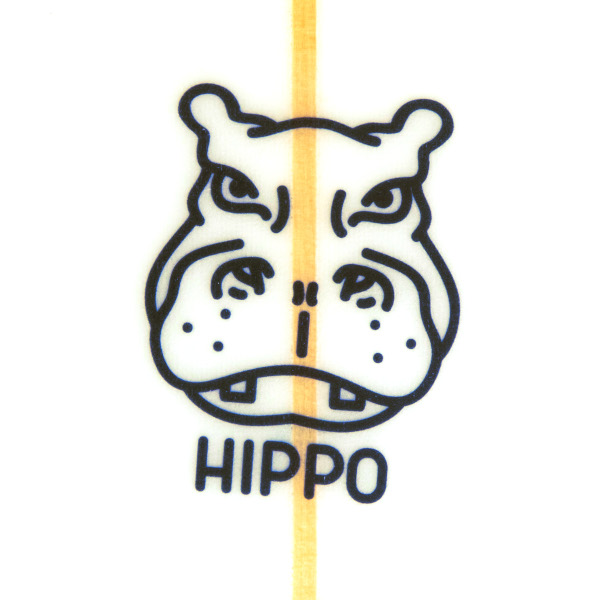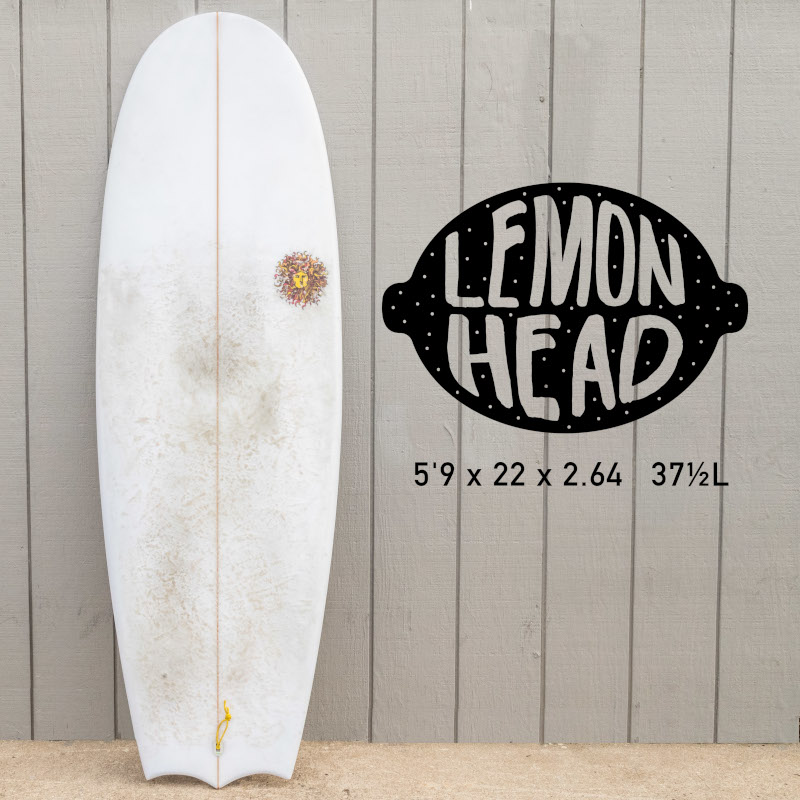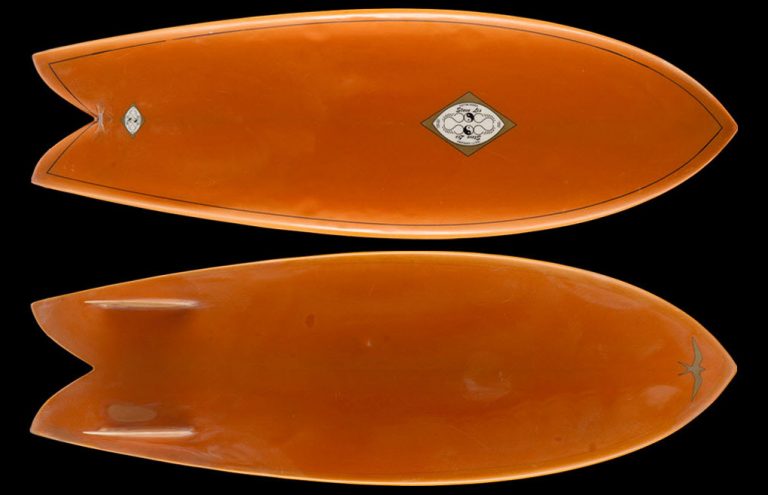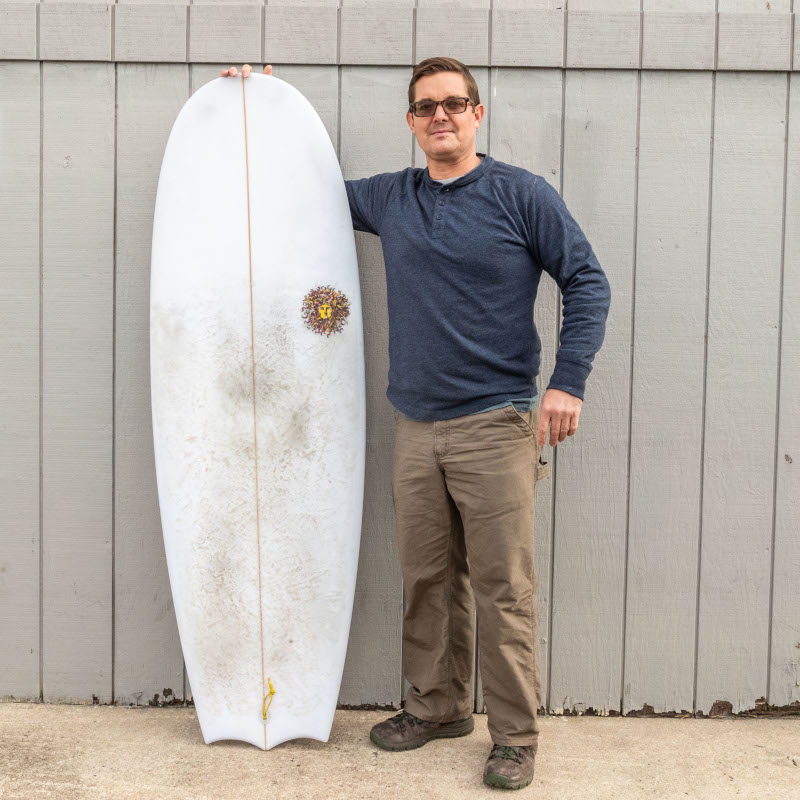Let’s do an experiment. Imagine a surfer. Take a couple seconds, I’ll wait.
Are you ready? What’s the image that comes to mind?
The person you thought of is small framed, thin, tan, blond scraggly hair; it looks like they just got out of the water. I’m thinking you’re thinking somebody like Anne Marie Chadwick from Blue Crush or Spicoli from Fast Times?
Spicoli and Chadwick
Well, guess what? Larger framed people with dark hair like to surf too. If you’ve ever tried to get up on a surfboard and it just straight out sunk then you know you’re riding the wrong surfboard. Surfing with the wrong board is like hammering a nail with a screwdriver. It’s like, yeah, it works, but why?
The Hip Hippo over at Kona Board House is just one of the specialized surfboard in our lineup that is engineered for a specific need. The Hip Hippo is designed to act as a normal midlength surfboard for larger framed people. Did you ever see that photo of Andre The Giant holding a can of beer? Let’s just say you’ve been surfing a longboard for a little while and you’d like to shave some length off your board but everything you’ve tried feels like you’re standing on the can in Andre’s hand, Kona is here to help.
The hand of Andre The Giant
First off, let’s take a look at the volume. The Hippo packs a lot of volume hidden in secret spots which is a good thing. You get a board that is the same length with great responsiveness and speed that is not going to sink under your feet. Our stock Hippos start at a length of 7’2″. A standard midlength board at this length has about 48 liters of volume. The hippo clocks in at over 60 liters!
Dimensions
| Length | Width | Thickness | Volume |
|---|---|---|---|
| 7ft 2in | 23.20in | 3.25in | 61.19L |
| 7ft 4in | 23.25in | 3.30in | 63.59L |
| 7ft 6in | 23.28in | 3.35in | 66.20L |
| 8ft | 23.35in | 3.45in | 73.02L |
This board is wider and thicker than your average board so some of this additional volume comes from these dimensions but we’ve also domed the deck. Additional float is also packed in under the chest area. So volume is built up along the center of the board and tapers nicely out to the rails. This technique helps a lot with paddling the board and keeps the rails sensitive for transitions.
The Hip Hippo
The rounded nose and additional width is carried throughout the length of the board. This larger sweet spot creates a good amount of surface area under your front foot. This allows the rider to shift their stance a decent amount without tipping.There’s great waterflow through the bottom contour to help with a mix of speed and stability. A single concave in the front of the board creates additional lift still keeping this board above the wave. The single turns into a double under your feet and around the fins to stabilize the board. The double concave turns to a vee out the diamond tail which creates a great hold on the wave while making rail to rail transitions easier.
All around I’d say this is a surfboard plus about 25% more surfboard. So if you’re surfing out there having some trouble connecting with the waves you want maybe you need something with a little more volume and check out the Hip Hippo.








 Steve Lis' original Fish surfboard
Steve Lis' original Fish surfboard The Lemon Head (with Josh for scale)
The Lemon Head (with Josh for scale)
 The five finned bat tail.
The five finned bat tail.